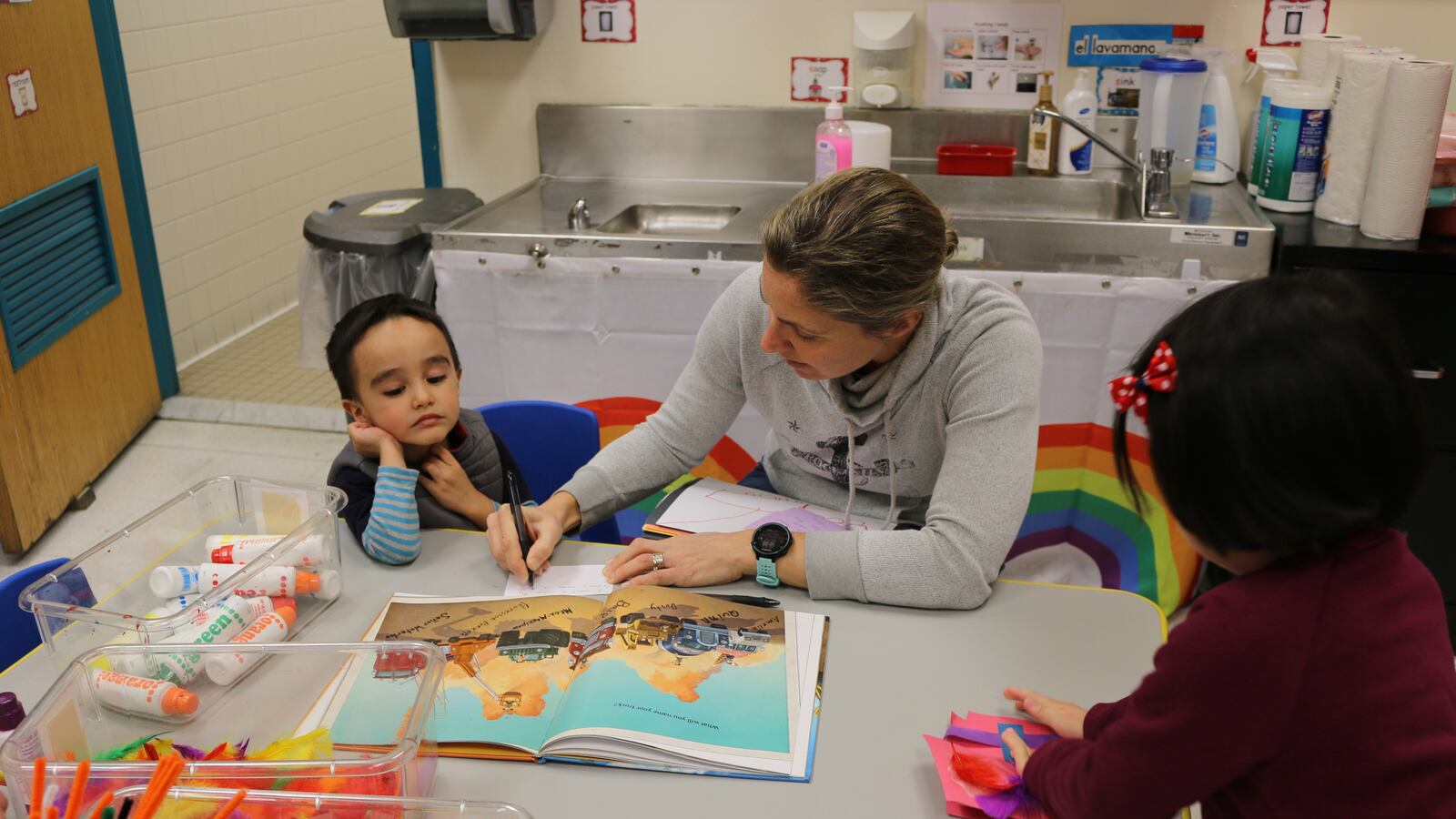Just seven slots remain for charter school openings in New York City, and the race to fill them first is on.
Nineteen applicants, split between two bodies that can authorize charter schools, are competing for the remaining spots. But the decision may come down to who authorizes their chosen candidates first.
The competition for the slots kicks off as the future of the sector looks especially bleak in New York City. The New York state Senate now has a Democratic majority, with more progressive Democrats who oppose charter expansion having replaced lawmakers who were more friendly to publicly funded but privately managed schools. That dims charter operators’ hopes that the state’s cap, which limits the number of new charter schools that can open in New York City, will be increased.
The two bodies that can authorize New York charter schools — the New York State Board of Regents, which oversees the state department of education, and the State University of New York, or SUNY — each has its own criteria and process for reviewing and accepting applications.
Department of Education officials are reviewing five applications — four for schools in the Bronx and one in Queens, according to their website. SUNY is reviewing 14, said Susie Miller Carello, the executive director of SUNY Charter School Institute, though the public list on SUNY’s website lists 15. Both bodies will continue to whittle down applicants through the review process.
The seven slots up for grabs may very well go to those applicants who get the first OK. When asked if it’s essentially a race to the finish, Carello said, “That’s right.”
Applicants submitting proposals through the state board of education had until Jan. 10 to submit their paperwork for the first round of applications. Only applicants who operate schools that have previously been approved by the Board of Regents and continue to be in good standing are being considered in this initial round due to the “limited number of charter schools” available in New York City, state officials said.
Independent or newer charter schools will have a chance to apply during a later application period beginning in April. After a full review process, the Board of Regents will then decide on which ones to approve by early June, unless that timeline changes.
But by then it might be too late for the Regents pool. That’s because SUNY has already accepted its first round of applications from charter groups in New York City. SUNY’s Board of Trustees is set to make a final decision by March or April — at most, three months before the Regents.
Although SUNY must also send their candidates to the Regents for pro-forma approval, the Regents can’t reject SUNY’s list. They can only send applications back with suggested changes. If the Regents don’t act within a 90-day window, SUNY’s choices are automatically authorized. This means which charter groups get approved may come down to which authorizer’s process ends first.
Officials say that of the 110 charter schools already authorized by the Board of Regents, a majority were from new school applicants representing independent, stand-alone charter schools. Those are schools that aren’t run by an overarching network, like Success Academy or KIPP.
Steve Zimmerman, director of the Coalition of Public Independent Charter Schools, which advocates for charter schools that are not part of a large network, said he disagreed with the state’s decision to prioritize those that have established schools in the Regents’ initial round.
“I think it’s sad,” he said, explaining he’s not opposed to expanding a successful model, “but there’s not a whole lot of innovation that comes from the replication. That’s not how it works.”
The Regents’ new requirements were available on the state education website and made available to the public for comment, department officials said. They received no feedback, though it’s not clear when the changes were announced.
James Merriman, chief executive director for the New York City Charter School Center, which advocates and provides support for charter schools, sees the Regents’ new criteria as “perfectly reasonable.” The problem, he said, is with the shrinking charter cap, not the education department’s criteria.
“All of it underscores the larger issue, which is essentially there are really no charters left to give, and there are lots of groups that either want to replicate successful schools or start new schools, and they won’t be able to, and that’s really unfortunate,” Merriman said.
And in the end, the requirement may not even matter if SUNY approves its list of charter schools sufficiently early, filling up all seven available spots before the Board of Regents acts.
Carello, the SUNY official, says she sees a promising candidate pool. “We have a number of qualified applicants and we are engaging in the application analysis that has served the State University of New York really well over the last 20 years,” she said. “All of the applicants are eager to show us why they are going to run a really great school.”

